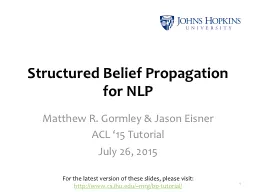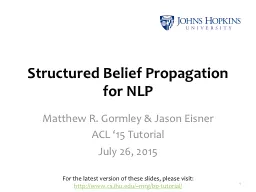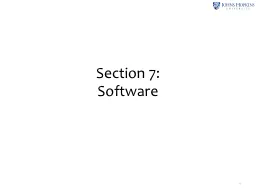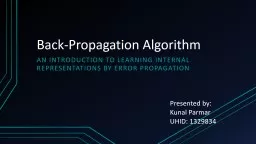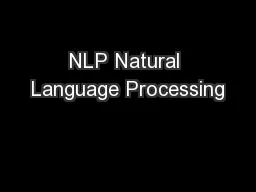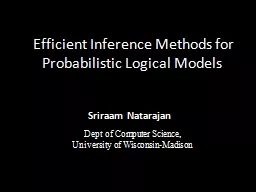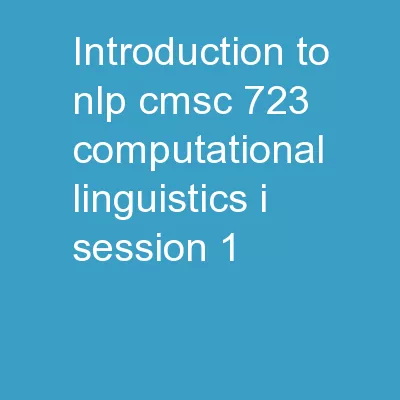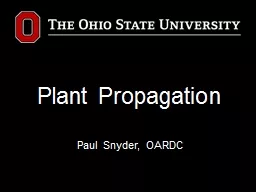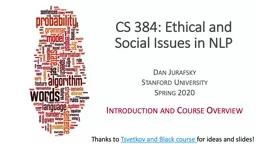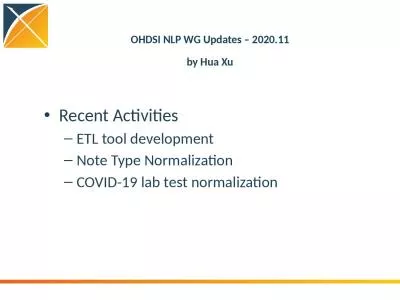PPT-Structured Belief Propagation for NLP
Author : popsmolecules | Published Date : 2020-08-26
Matthew R Gormley amp Jason Eisner ACL 15 Tutorial July 26 2015 1 For the latest version of these slides please visit httpwwwcsjhuedumrgbptutorial 2 Language has
Presentation Embed Code
Download Presentation
Download Presentation The PPT/PDF document "Structured Belief Propagation for NLP" is the property of its rightful owner. Permission is granted to download and print the materials on this website for personal, non-commercial use only, and to display it on your personal computer provided you do not modify the materials and that you retain all copyright notices contained in the materials. By downloading content from our website, you accept the terms of this agreement.
Structured Belief Propagation for NLP: Transcript
Download Rules Of Document
"Structured Belief Propagation for NLP"The content belongs to its owner. You may download and print it for personal use, without modification, and keep all copyright notices. By downloading, you agree to these terms.
Related Documents

